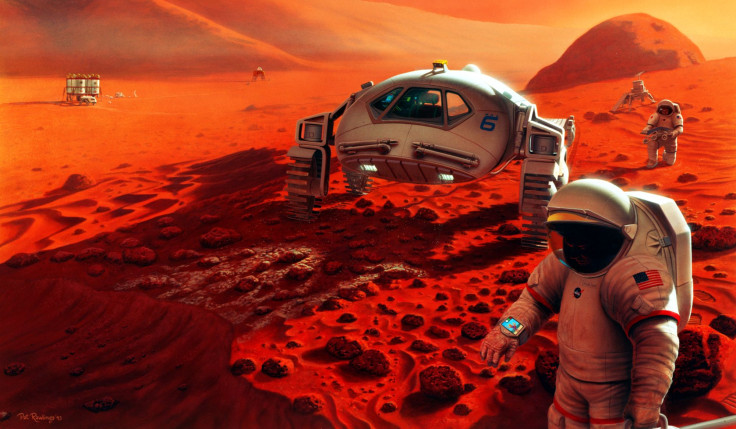NASA Challenge Tapping University Teams For Moon, Mars Mission Ideas

KEY POINTS
- NASA is looking for student proposals that can enhance its Moon and Mars missions
- Chosen teams may receive from $15,000 to $50,000 to help design the product
- The challenge provides real-world opportunities for students to participate in
University students now have a chance to contribute to NASA’s Moon and Mars missions. For the 2021 challenge, university teams are being tapped to create innovative, hands-on designs that can assist NASA’s mission objectives.
M2M X-Hab
The 2021 Moon to Mars eXploration Systems and Habitation (M2M X-Hab) Academic Innovation Challenge is a university-level challenge that is designed to develop partnerships with universities to help bridge strategic knowledge gaps related to NASA's missions.
For the new challenge, proposals are invited to provide solutions for various technology barriers such as habitation systems where astronauts will live and work as well as vehicle systems for both human and robotic exploration. Proposals for foundational systems that foster Earth independence, robotic precursor activities and human spaceflight architecture systems are also welcome.
The proposals will be reviewed by technical experts to see which ones will be funded and the teams that will be chosen will be offered with awards ranging from $15,000 to $50,000 each to help them design and make their products of interest.
Apart from teams from individual institutions, the universities themselves may also collaborate to create a single team.
"NASA will directly benefit from the challenge by sponsoring the development of innovative concepts and technologies from universities, which will result in novel ideas and solutions that could be applied to exploration," the National Space Grand Foundation said. The foundation is partnering with NASA for the challenge.
'Foster Innovation'
Historically black colleges and universities, tribal colleges as well as other minority-serving institutions are encouraged to apply, so are underrepresented minority groups such as persons with disabilities.
Proposals are due until April 24 and the award announcement is scheduled for May 26, 2020.
"This collaborative opportunity provides real-world, hands-on design, research and development opportunities for university students interested in aerospace careers while strengthening NASA's efforts to optimize technology investments, foster innovation and facilitate technology infusion," NASA said.
Under the Artemis program, the plan is to send the first woman and the next man to the Moon by 2024 and establish sustainable exploration by 2028. After going back to the Moon, the next step is to send astronauts to Mars.
With the M2M X-Hab Academic Innovation Challenge, it may not be impossible for student proposals to actually be a part of the historic missions.
© Copyright IBTimes 2025. All rights reserved.






















